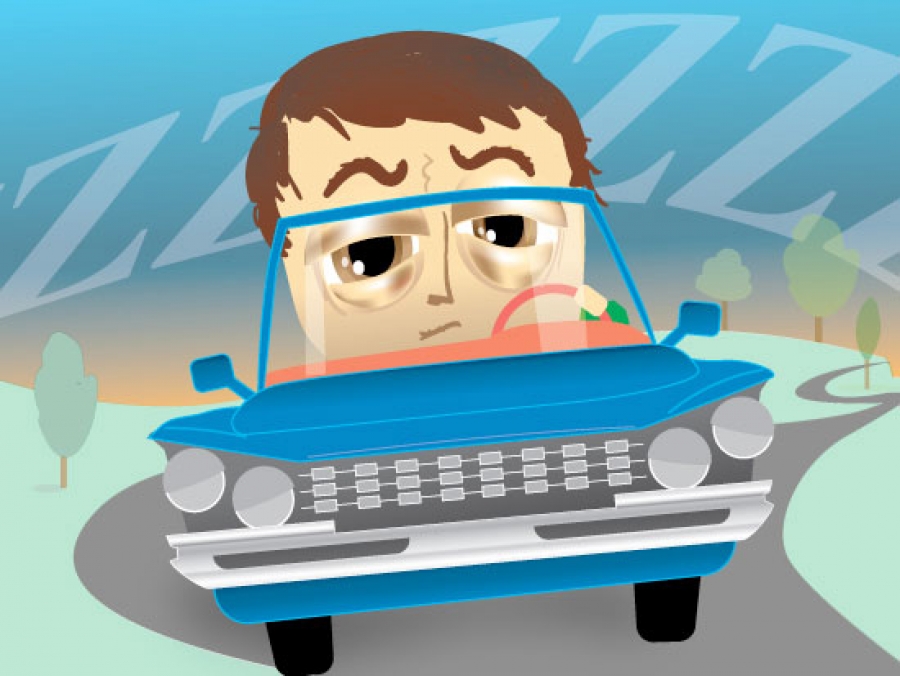Slow Down, Driver
We've all had this happen. You get a shiny new accessory for your computer; a printer, a scanner, a webcam, or whatever else. You hurry home, tear open the packaging leaving a trail of cardboard between the door and your computer. You fire everything up, plug the new toy into your PC and... nothing. No sign of life other than the power light. Your new <insert device name here> isn't working.
You're having a driver issue.
Most people only vaguely understand what a driver is, or what it does. Basically, a driver (or device driver) is a file or set of files that provide an instruction manual to the computer. Drivers tell your computer what's connected to it, and how to talk to that particular device. Nowadays, Windows has a lot of drivers built into it, so it can recognize more and more devices with each new version. But there will always be devices that are too new or too sophisticated for built-in drivers. Manufacturers provide discs with the drivers on them, but they're almost always out of date by the time the device gets to you. The disc might work perfectly fine, but I always recommend that you check the manufacturer's website for updated versions of the drivers before you do anything else.
Ok, I have the drivers. Now what?
Whether you're installing from the disc or from a downloaded file, most manufacturers will package the drivers in a neat little installer that will not only install the drivers but usually some small program to help you manage the device. This is especially true in the case of something that has customizable settings, like a printer. The installer program will walk you through the process, often even telling you when to connect the device. If in doubt, connect it once you get a message saying the driver installation is complete.
What if I already connected it before I installed the drivers?
This may or may not cause a problem. the computer may detect the already plugged in peripheral and keep installing normally. But in some cases if you connect a device to a USB port (which most do these days) without installing drivers, Windows will think to itself "Hmm, I don't know what this is, I better just put it aside" and will label it as an "unknown device". In that case, the driver will be installed but the computer won't know that the driver and the "unknown device" go together. It will just sit there and do nothing. If that happens, try plugging the device into a different USB port. If that doesn't work, then try these steps:
Find the icon that says "Computer" or "My Computer" and right-click on it.
In the popup menu, click on "Manage". This takes you to the Computer Management window.
In the left hand pane, click on "Device Manager".
In the right hand pane, you'll see a list of all your computer hardware. Look for "Unknown Device" or "Other Device". These often have a yellow exclamation mark next to them.
Right-click on the device and click on the "Uninstall" option. Your Device Manager will refresh and the offending device will be gone.
Unplug the device form the USB port, and plug it back in.
You'll know you're on the right track when you hear a double beep from the computer, and see a notification bubble at the bottom right telling you it's installing. Enjoy your newly installed device!
(Remember. If in doubt, reboot [http://www.diytechsupport.net/2011/06/30/reboot-reboot-reboot-really/]!)
Read more at:
[http://www.diytechsupport.net]
Article Source: https://EzineArticles.com/expert/Rock_Gaudreau/1127195
Article Source: http://EzineArticles.com/6419511

Comments
Post a Comment